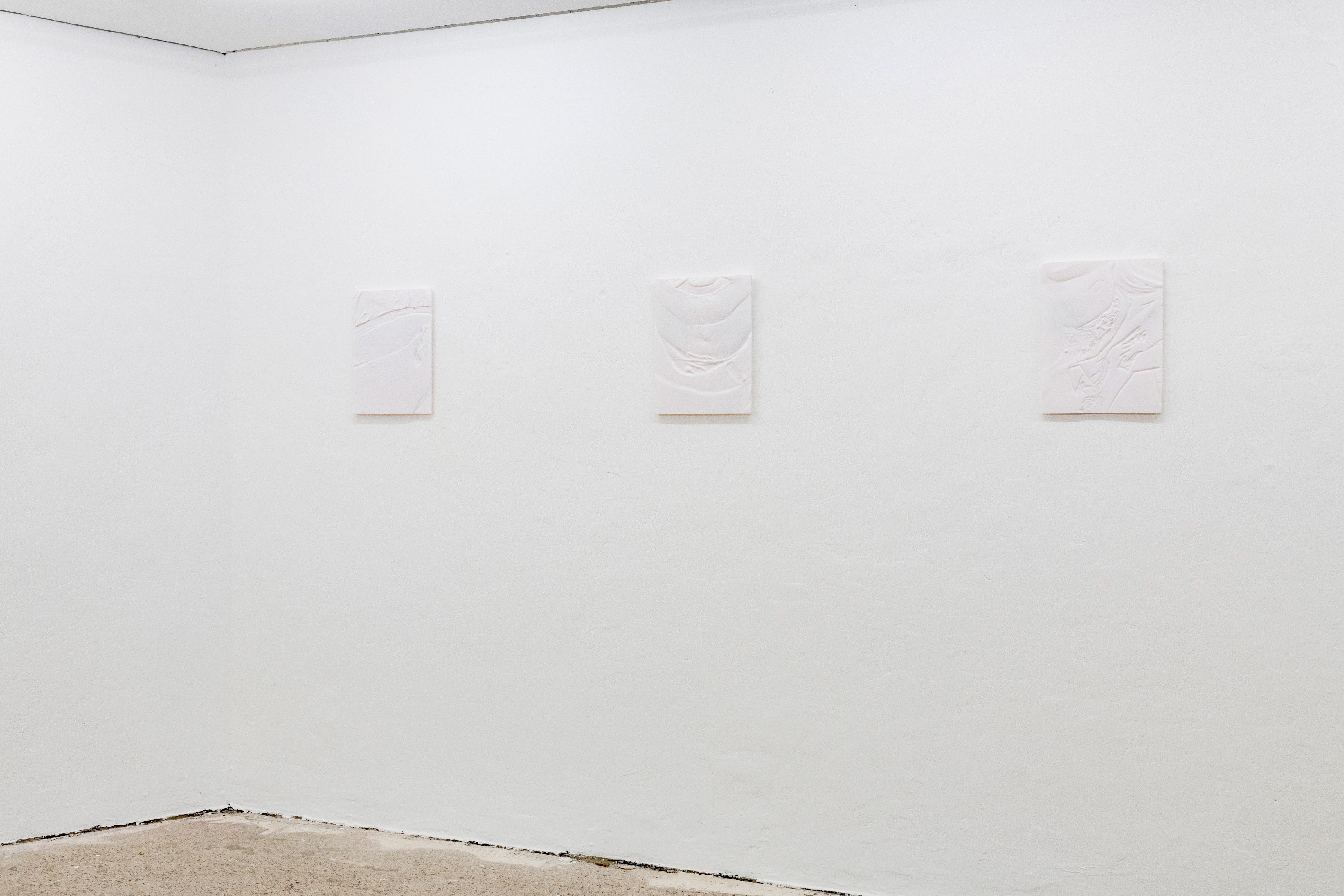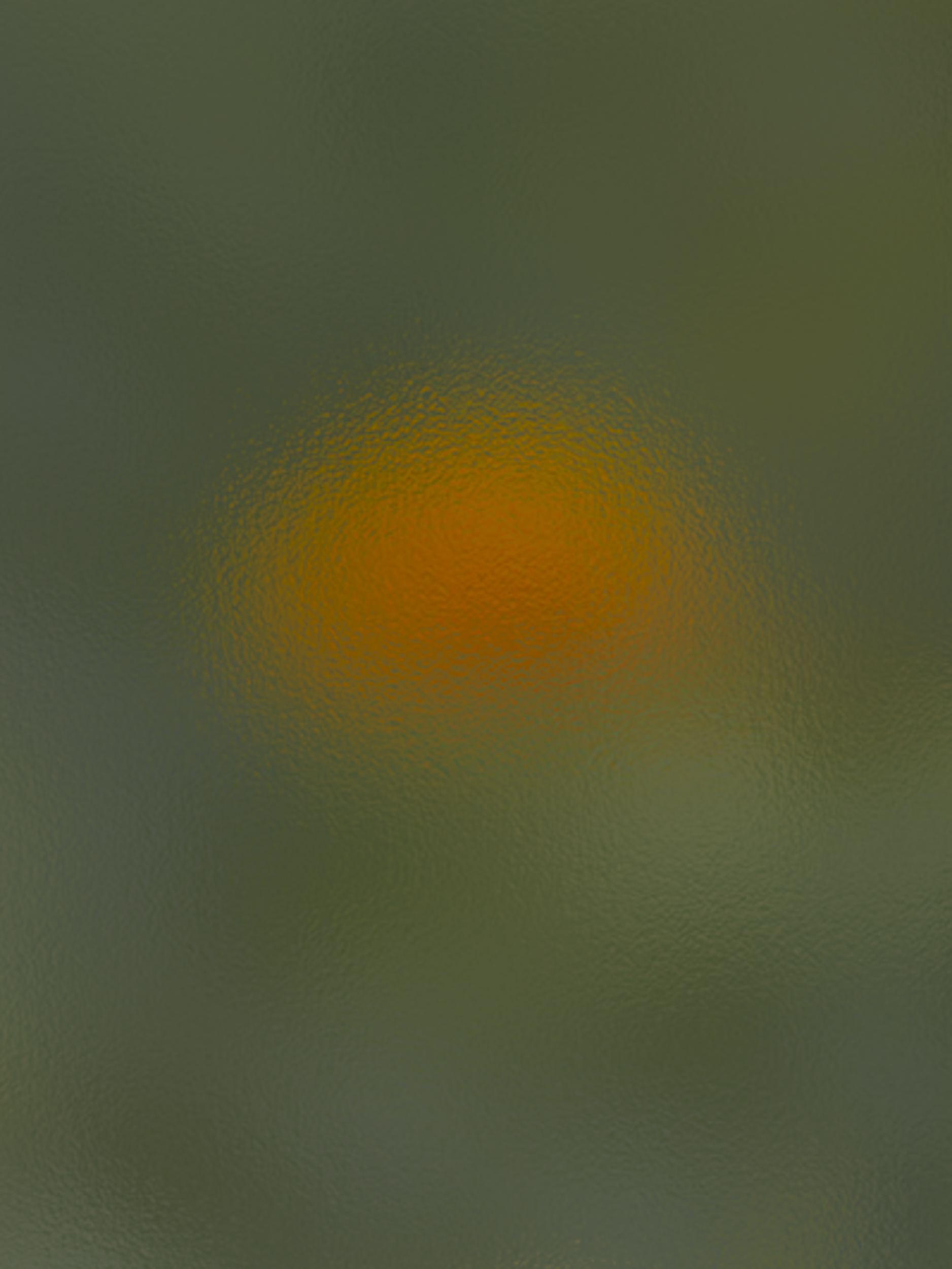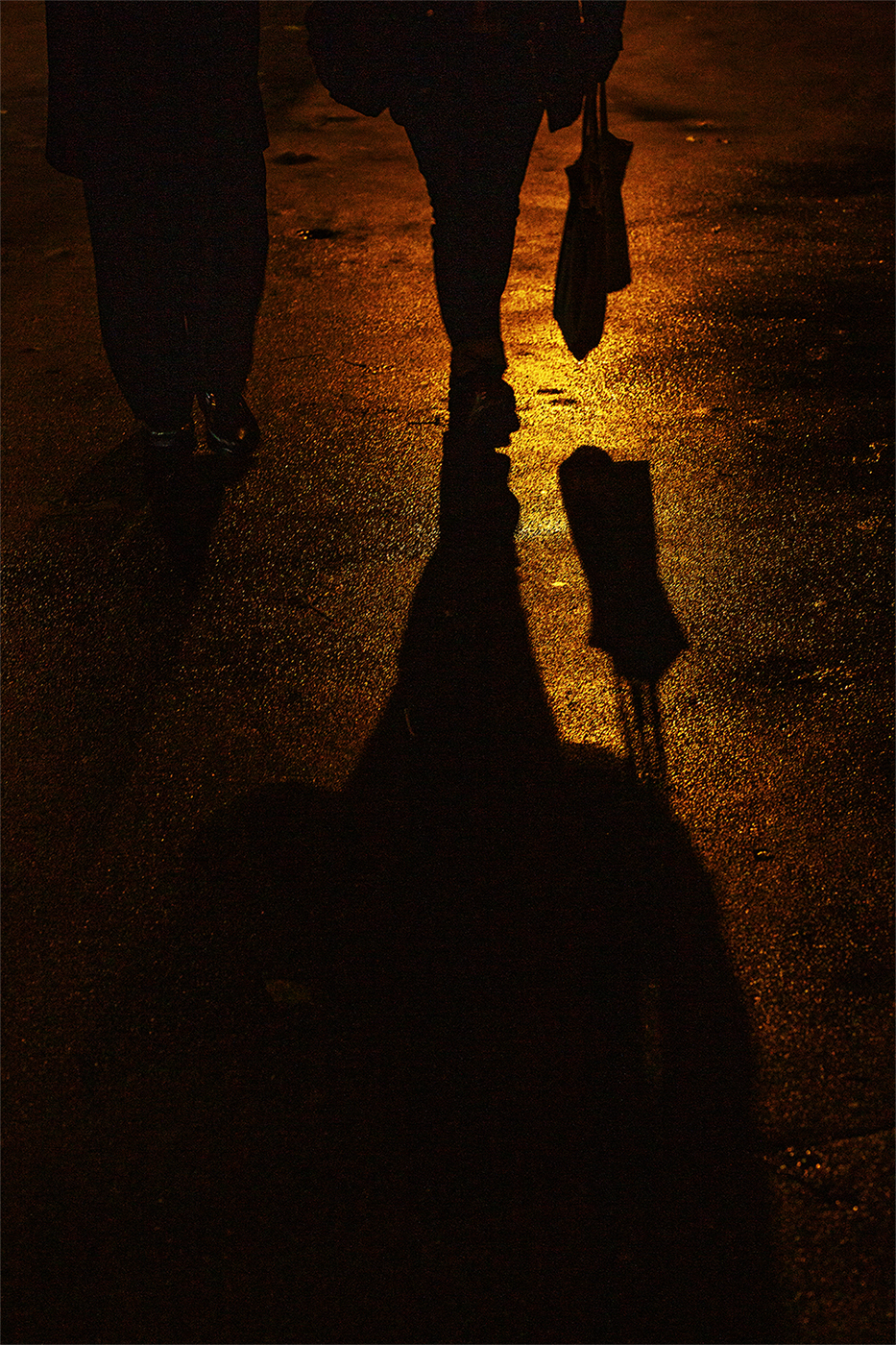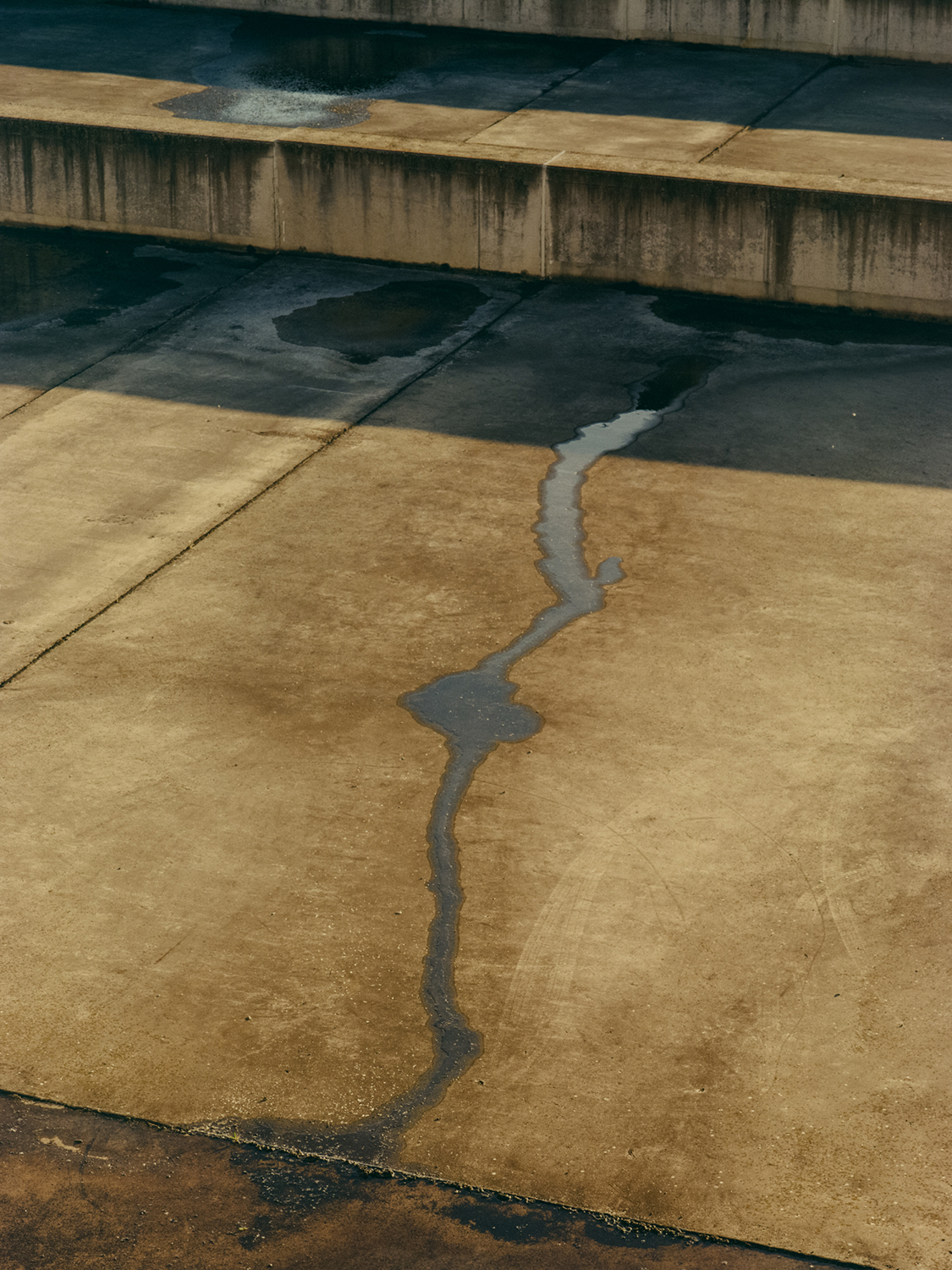Mapping Tensions: Cartography of Distorted Boundaries
Kristine Krauze Slucka


Vibrations Of the Material Universe
Orgatopia
Plants, like humans, are organic structures and experience anxiety resulting from changing external environmental conditions and ecosystem pollution. The installation is a speculative dystopian scenario in which not only the most resistant plants survive, but they are able to create new synergies with inorganic materials and technological mechanisms.
Orgatopia is a manipulative study of the resistance of plants, influencing their physiology by various mechanical methods over several months. By combining these manipulated plants with other inorganic materials and electronic solutions, biomorphic, kinetic hyperobjects are created.
Obedient touch
Echo
The more we live in the digital cloud, the more it merges with the physical reality that makes us "online" on our own. This parallel world promises to be instantly connected, where the question arises - with what?
The undeniable presence of the digital environment has not only changed our relationship with physical reality, but has also become a worrying phenomenon at the level of the individual and society, affecting the way we perceive and experience life around us. Photography as a medium has also emerged in the context of technological change, significantly expanding our perceptions. Photography allows us to observe the world more widely, but can it also become a catalyst for new or alternative models of relationships with the environment? Even today, the connection with technology raises the question of whether we, as organic structures, are moving towards loneliness and social alienation, or will we still be able to adapt to the new and artificial state of digital mediation? This parallel world not only actualizes our connection with nature, but also our relationship with personal memories. Can technology replace nostalgia? Rather, does it contribute to the creation of a new world?








































































































